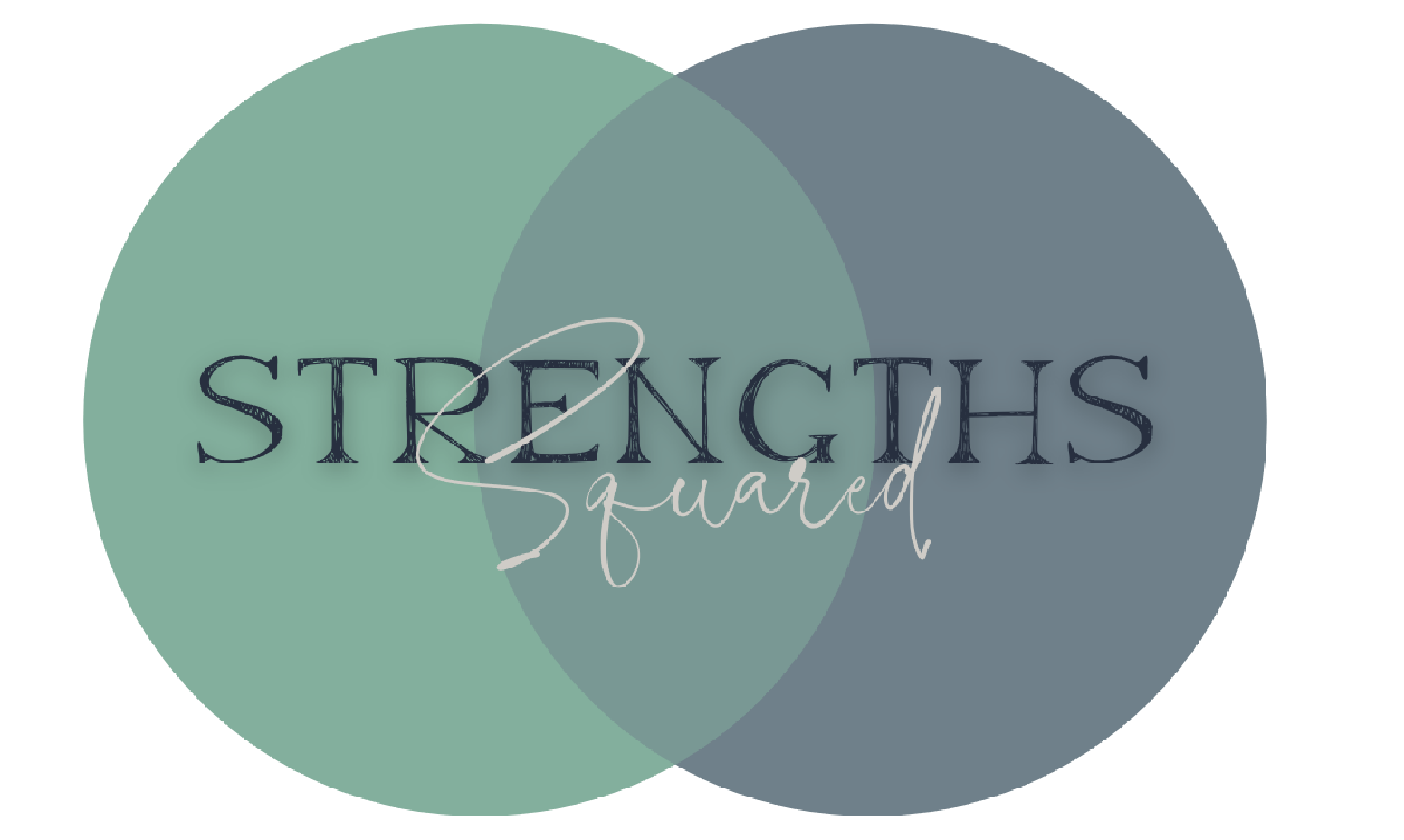Important terms to know when discussing shame and vulnerability
Guilt. Guilt is the feeling of self-conscious discomfort in response to our own actions, thoughts, or circumstances. Guilt ‘fits the facts’ of a situation – so to speak – when we do something that feels wrong to us or violates our own personal values or long-term goals. Guilt helps us identify when we’ve acted out of alignment with those values & is adaptive in the sense that it has the potential to motivate us toward desired behavioral change.
Shame. Shame is the pervasive & intensely painful feeling of not being good enough or not being ‘whatever’ enough, or the experience of believing that we are flawed & are therefore unworthy of love, belonging, & connection. Shame only needs three things to survive: secrecy, silence, & judgment; & cannot survive alongside empathy. Shame ‘fits the facts’ of a situation – so to speak – when we are rejected by a person or group we care about over an issue that publicly involves our behavior or characteristics. Unlike guilt, shame is not overly adaptive & rarely – if ever – leads us toward desired behavioral change.
Shame Resilience. Shame Resilience is the ability to practice authenticity – & sometimes, vulnerability – when we experience shame, to move through the experience without sacrificing our values, & to come out on the other side of the shame experience with more courage, compassion, & connection than we had going into it. Ultimately, empathy is the antidote to shame & shame resilience is about moving from shame to empathy.
Courage. Courage is the willingness to show up & be seen when we can’t control the outcome. There is no courage without vulnerability. We can strengthen our courage muscles by examining our collective need to be perfect & please others at the expense of our own lives.
Vulnerability. Vulnerability is the emotion we experience during times of uncertainty, risk, & emotional exposure. Vulnerability is not only, not weakness; but rather, it is thought to be the most predictive measure of courage. We can strengthen our vulnerability muscles by building that strength that allows us to soften & stay open rather than attack & defend.
Armor. Armor is what gets in the way of daring, brave leadership. Armor shows up as ineffective ways of self-protecting against that uncertainty, risk, & emotional exposure. Examples of armor include: perfectionism, emotional intensity, cynicism, people pleasing, prioritizing ‘being right’ over ‘getting it right’, resentment, etc.
Rumbling with Vulnerability. Rumbling with Vulnerability requires examining the myths about vulnerability we were raised to believe (such as, “vulnerability is weakness” or “vulnerability is oversharing without any boundaries”, etc.) & then identifying the armor each of us uses in effort to self-protect, in order to begin allowing ourselves the courage to take off this armor.
Modeling Vulnerability. Modeling Vulnerability requires having the courage to lean into the practice of vulnerability (by showing up, fully engaging, & allowing ourselves to be seen when we can’t control the outcome); & then, having the courage to model these behaviors for others.
Access an Audio Version of this Content: Listen Here
